BIDDEFORD — Back when the textile mills were booming, hungry workers lined up around the clock to eat at the Palace Diner. Nearly 90 years after the diner first opened its doors and six years after the last mill closed, there are similarly long lines of customers waiting for their chance to sidle up to the counter.
The diner has been reborn as a hip breakfast and lunch spot featuring specials like challah French toast and cheeseburgers on brioche buns. Since reopening last year, the Palace Diner has been featured in national and local media and was selected by Bon Appetit magazine as one of the 50 best new restaurants in America in 2014.
“We were looking to open a restaurant in Portland, but were struggling to find a place that fit our budget and style,” said Chad Conley, who runs the diner with Greg Mitchell. “On a whim, we came to Biddeford to take a look around and we fell in love with it right away.”
The things that drew Conley and Mitchell to Biddeford – affordable space, lots of potential and a buzz of excitement about the city’s renaissance – are also attracting others willing to take a gamble on the city’s future. But running a small business and finding new customers in an area just starting its upswing aren’t always easy, the chefs say.
The success of the diner and the struggle it still faces are emblematic of the efforts in Biddeford to transform from a former mill town once dubbed “Trashtown USA” to a boomtown known for innovative reuse of its historic buildings, vibrant Main Street and full business parks.
In the 35-acre mill district where workers once churned out textiles, there are now loft apartments and small businesses. On Main Street, restaurants and shops are filling vacant spaces where department stores once anchored a bustling downtown. The business and industrial parks, close to both the interstate and rail lines, are nearly full and the city is developing plans to expand them.
City leaders, business owners and developers say that kind of economic activity has picked up steam in the three years since the City Council voted to buy and close a trash incinerator that stymied development for close to three decades.
In the three years since the Maine Energy Recovery Co. plant was removed from downtown, the city has approved more than $70 million in new projects in the mill district that developers say would not be happening with a trash incinerator next door. City officials say the growth is not limited to the mills: The vacancy rate on Main Street has dropped 37 percent and the business and industrial parks are now 98 percent full.
“The buyout of the Maine Energy site was a transformative event for the downtown,” said Daniel Stevenson, the city’s economic and community development director. “It’s a very exciting time.”
Since January, the city has approved a $50 million hotel and a $15 million housing project in mill buildings adjacent to the Maine Energy site. Developer Doug Sanford, credited with leading the way with mill redevelopment in the city over the past decade, has invested $5.6 million since 2012 in the Pepperell Mill Campus, creating 125 new jobs and absorbing 150,000 square feet of vacant space.
“(Maine Energy) was a wet blanket on development in downtown Biddeford,” said Nathan Szanton, the developer behind the $15 million Loft at Saco Falls housing project. “The constant presence of trash trucks, the odor of the trucks and the emissions from the stack were a ball and chain around the legs of Biddeford. To have that chain snapped allows Biddeford to run.”
Despite the buzz around the transformation of Biddeford, some business owners say the city has more work to do to draw people downtown after-hours and address issues such as parking, which officials say will be in short supply as more businesses and apartments open in the former mills. Even those who point out that Biddeford has a long way to go say they recognize the city has potential.
“It’s like a two-steps-forward, one-step-back scenario,” Mitchell said after describing how the Palace Diner recently stopped serving dinner because downtown can be a “ghost town” at night. “With any city that’s developing, there are pros and cons. Biddeford is at an interesting juncture.”
COMING BACK FROM DECLINE
Biddeford began its manufacturing legacy in 1825 when Saco Manufacturing built the largest textile mill in the country on the banks of the Saco River. By the late 1800s, the area – dominated by Pepperell Manufacturing Co.’s operation – had grown to include a sprawling brick mill complex.
In the peak years of the early 1900s, the Pepperell mills included 5 million square feet of interior space and had more than 10,000 employees. For decades, many of those workers lived in neighborhoods that ringed the downtown, where they shopped and dined.
In the 1960s, as textile manufacturing moved first south and then overseas to save money, activity in the downtown area tapered off. By the early 1980s, the area was depressed enough that city leaders decided to allow a trash incinerator to set up shop a block off Main Street. In 2009, WestPoint Home, the last operating textile mill in Biddeford, closed for good.
Even before that last mill closed, developers were eyeing the complex for its potential for reuse. Sanford, who by that point owned the North Dam Mill, bought the Pepperell Mill Campus to continue his redevelopment of the mills for a mix of housing, retail and light industrial uses.
“These mills are like Biddeford’s pyramids,” said John Schafer, director of operations for Hyperlite Mountain Gear, which manufactures lightweight climbing gear in the Pepperell Mill Campus. “We don’t need more bricks and mortar. Everything we need to succeed is here.”
Stevenson said the vacancy rate in the mill district is expected to drop from 51 percent to 31 percent as approved new commercial and residential development absorbs vacant space.
Driving that interest in development are major projects such as the Lincoln Mill hotel, which Stevenson calls a “game-changer” for the downtown and mill district.
Stevenson anticipates interest in the mill district will continue to stay strong as the city looks for redevelopment options for 3 Lincoln St., the 8.5-acre waterfront property where Maine Energy once stood. The city is now waiting for a fiscal impact analysis for potential development on the property, which could include up to seven buildings and a parking garage. The city will soon launch a national search for a developer.
The City Council’s decision to buy the Maine Energy property for $6.7 million, coupled with infrastructure investments across the city, sends a clear signal to developers that Biddeford is committed to economic growth, Stevenson said.
“The private sector wants to invest in communities that invest in themselves,” he said.
SETTING UP FOR MAIN STREET REVIVAL
When architect Caleb Johnson looks at Biddeford’s Main Street, he sees a downtown full of potential. In the past few years, he and his business partners purchased an old furniture store, a former bank and a historic courthouse. The furniture store has already been renovated and houses Elements, a popular combination bookstore, coffee shop and bar, on its first floor.
Johnson has big plans for the other buildings and says his confidence to invest in them is boosted by projects like developer Tim Harrington’s Lincoln Mill hotel. In the bank, Johnson wants to create a high-end restaurant, basement speakeasy and an event space. At the courthouse, which is just off Main Street, he envisions a larger event space with dramatic 20-foot ceilings.
As those businesses come to fruition, they will join the 14 new businesses that opened in the Main Street area last year. Stevenson said there are now at least 114 businesses in the area supporting nearly 600 jobs and generating more than $404,000 in property taxes each year. Three restaurants recently closed, but two of those locations are already open or being renovated as new eating holes.
“These spaces aren’t staying vacant,” Stevenson said. “They’re becoming immediately occupied with great new businesses.”
As new businesses open, they’re adding more life to a Main Street that Johnson says has become increasingly vibrant in the past few years.
“Biddeford has a really young, vibrant energy at the moment. The people who are here working are proud of it and like being on the fringe and outside of the established touristy spots like Portland and Kennebunkport,” he said. “I think the image has changed. Over the next 10 or 15 years, we’ll see an overall transformation.”
Thomas Malz wants to be part of that transformation. The 31-year-old chef is quickly settling in at his new Main Street restaurant, a charming hole-in-the-wall with wood floors, exposed brick wall and a tin ceiling painted gold. When he started looking for a spot to open his first restaurant with fiancee Megan McVey, he checked out cities such as Portland. Biddeford was barely on his radar.
“Nothing felt right,” he said of cities with saturated restaurant markets. “Biddeford is like the last unclaimed piece. The potential here is incredible.”
Malz opened Custom Deluxe in a spot previously occupied by a deli. A nearby storefront – formerly home to a Mexican restaurant that closed recently – is being renovated into a sit-down restaurant. Across the street, the former Renys building, which includes a third-floor theater, is being renovated by an arts nonprofit. Palace Diner is around the corner.
As more restaurants, shops and attractions open in the area, the city will increasingly be seen as a destination, Stevenson said. And as housing is added in the mills, there will be more demand for restaurants and stores to stay open in the evening. Stevenson said that demand, along with the city’s efforts to add better lighting and signs, will continue to help boost businesses on Main Street and attract new investment in Biddeford.
“Biddeford has gone from a negative image to a place where people are willing to poke their nose into the community to see what’s here,” said John Bubier, who was the city manager for the past decade. “It’s a very positive economic cycle we’re in right now.”
Send questions/comments to the editors.



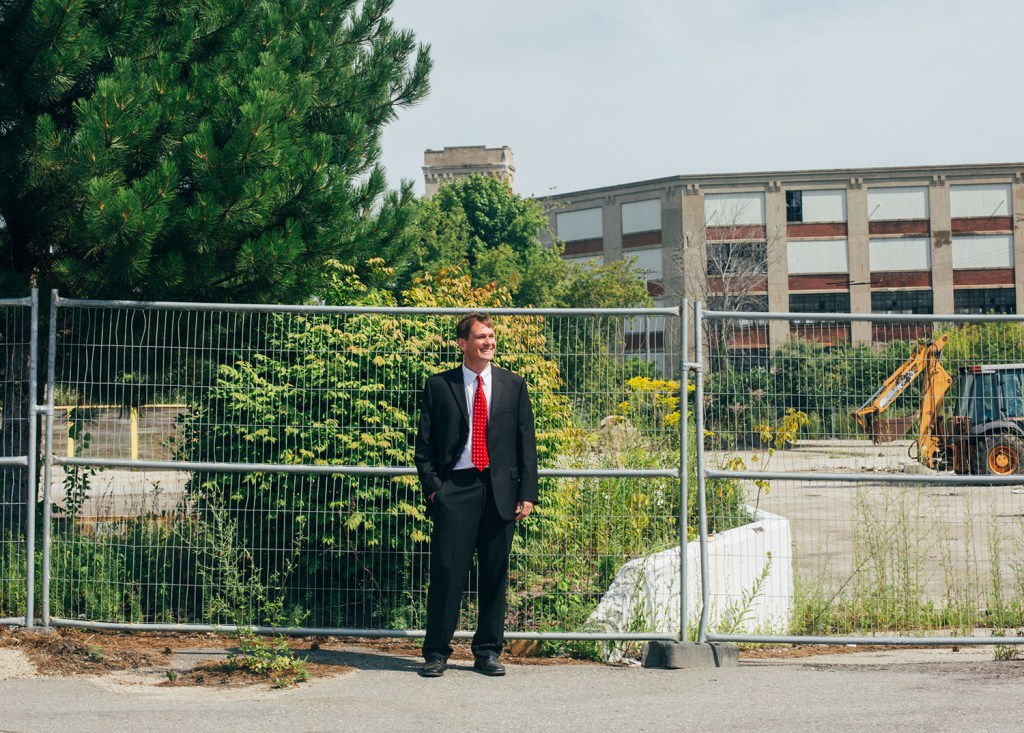

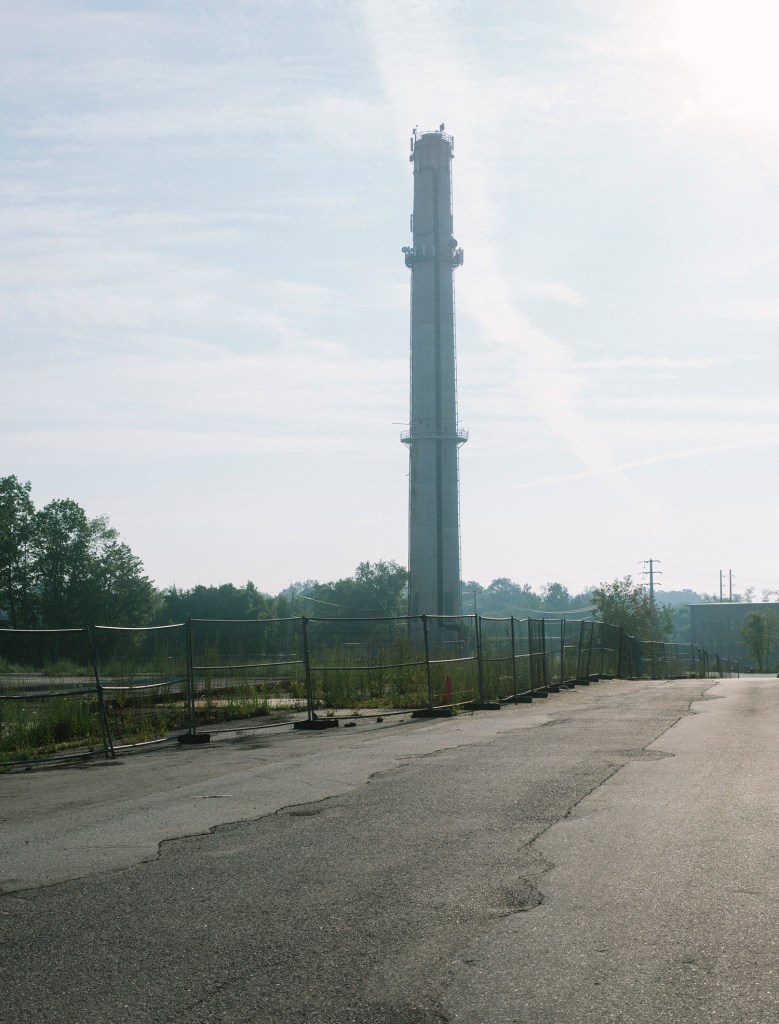
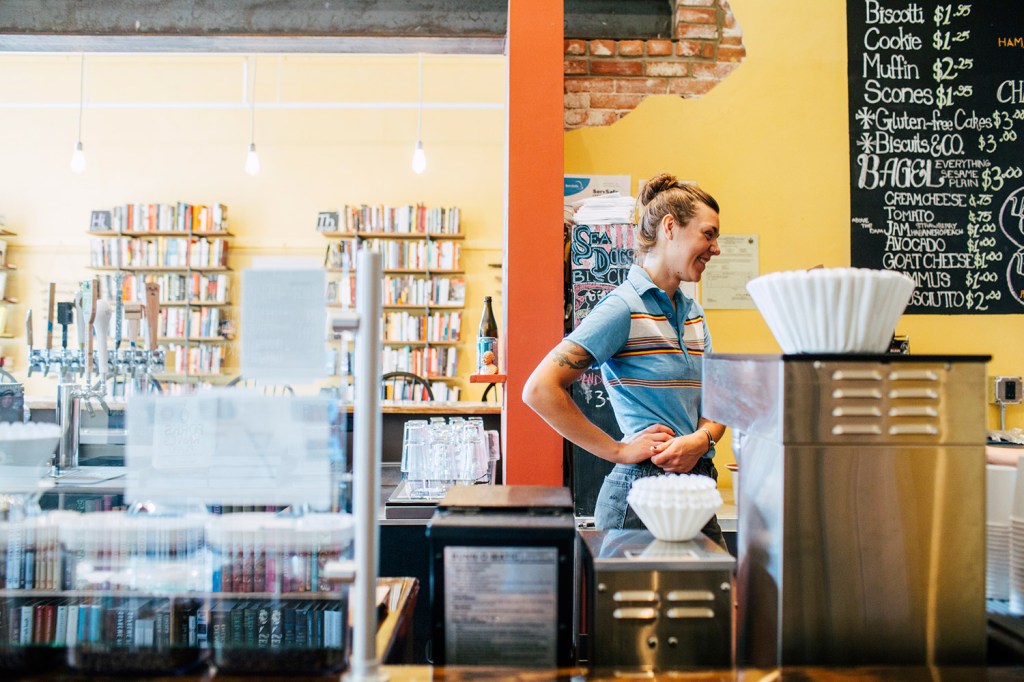
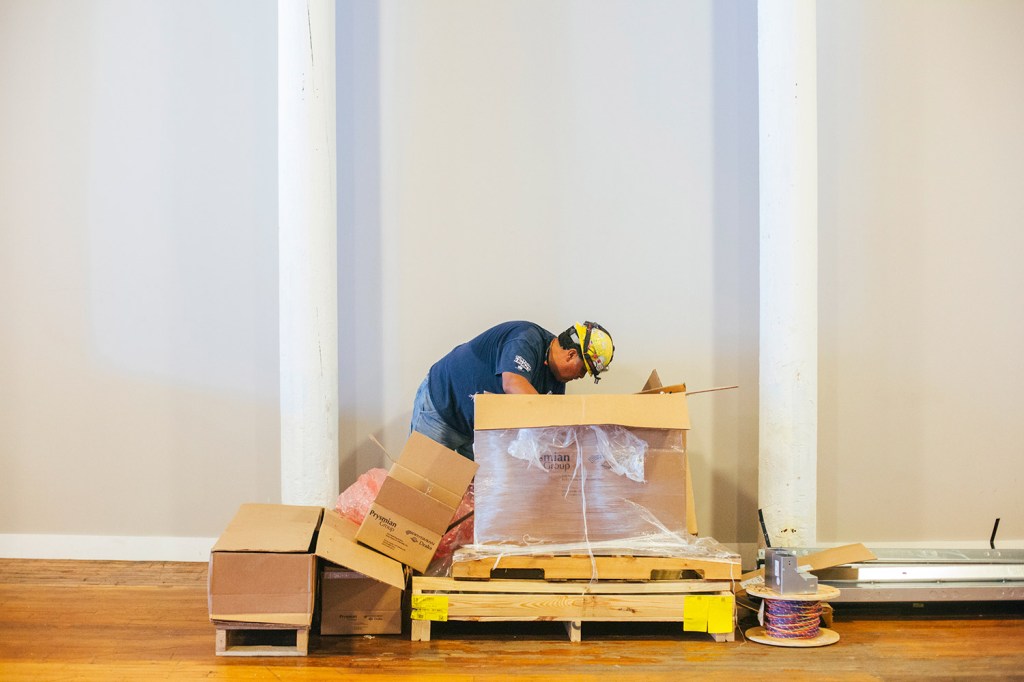

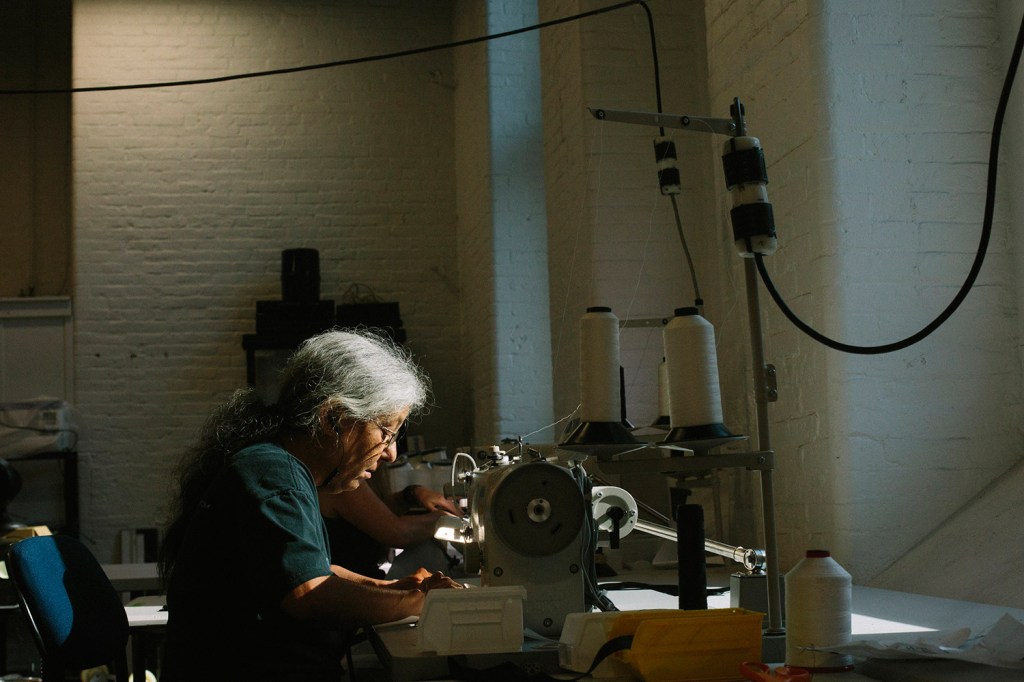
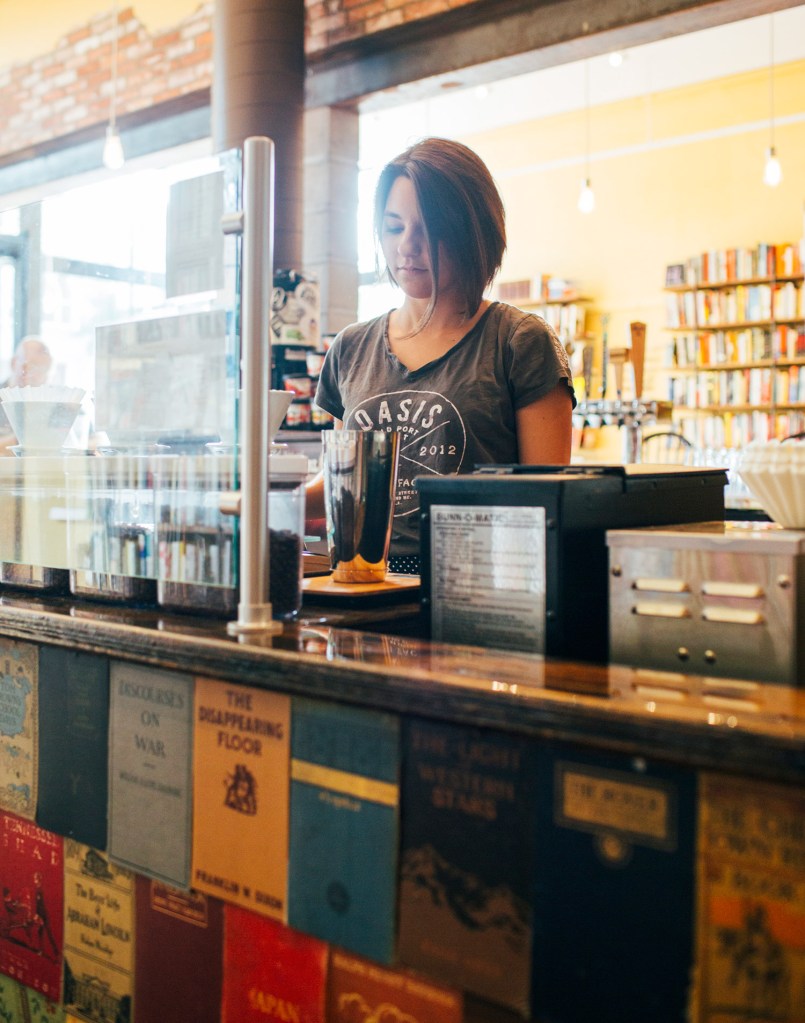

Success. Please wait for the page to reload. If the page does not reload within 5 seconds, please refresh the page.
Enter your email and password to access comments.
Hi, to comment on stories you must . This profile is in addition to your subscription and website login.
Already have a commenting profile? .
Invalid username/password.
Please check your email to confirm and complete your registration.
Only subscribers are eligible to post comments. Please subscribe or login first for digital access. Here’s why.
Use the form below to reset your password. When you've submitted your account email, we will send an email with a reset code.